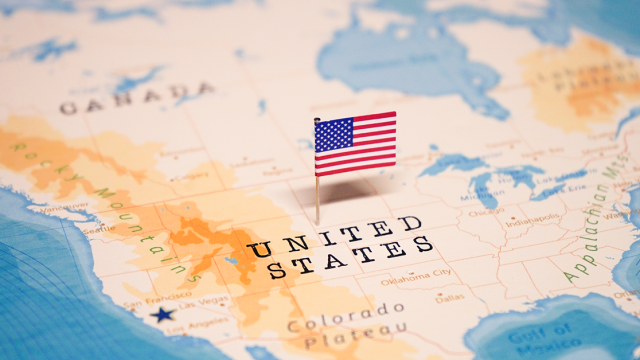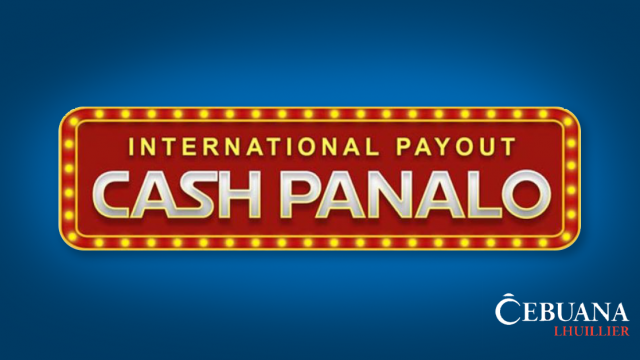The United States remains the largest source of remittances in 2023. The World Bank’s latest statistics revealed that remittances to low- and middle-income countries were estimated at USD 669 billion last year with more than 25% of the transfers coming from the world’s largest economy.
This comes as no surprise because the top 5 remittance recipient countries last year also received the most from the US. India received an estimated USD 125 billion, followed by Mexico (USD 67 billion), China (USD 50 billion), the Philippines (USD 40 billion) and Egypt (USD 24 billion). Its status as the top remittance source country is anchored by its strong foreign labour market in 2023. For example, about 11 million Mexicans residing in North America sent back a record USD 55.9 billion to support their families, which accounted for 95% of Mexico’s total remittances.
Rise of digital remittance
In a survey last year, Visa found that more senders and receivers are switching to digital for remittance. The survey shows that 53% of respondents used digital apps to send and receive funds, while 34% remitted money at a physical bank or exchange house. This is also a growing trend in the US. More are switching to mobile transfer apps or online platforms because they are faster, more transparent and safer.
The global digital remittance market size reached USD 19.1 billion in 2022, and North America has the highest market share of 30%. The number of digital remittance users in the US is projected to grow to 3.04 million by 2027 while the transaction value is expected to reach USD 32.83 billion the same year.
In the US, digital remittance adoption is driven by its substantial immigration population and foreign workers. A sizeable of these remittance senders preferred digital channels. Secondly, as one of the world’s most developed nations, it has high smartphone and internet penetration. A competitive landscape and the presence of leading fintech companies that offer innovative remittance solutions also encourage digital adoption.
Let’s take a look at some of the most popular money transfer apps in the US.
Popular money transfer apps in the US
PayPal
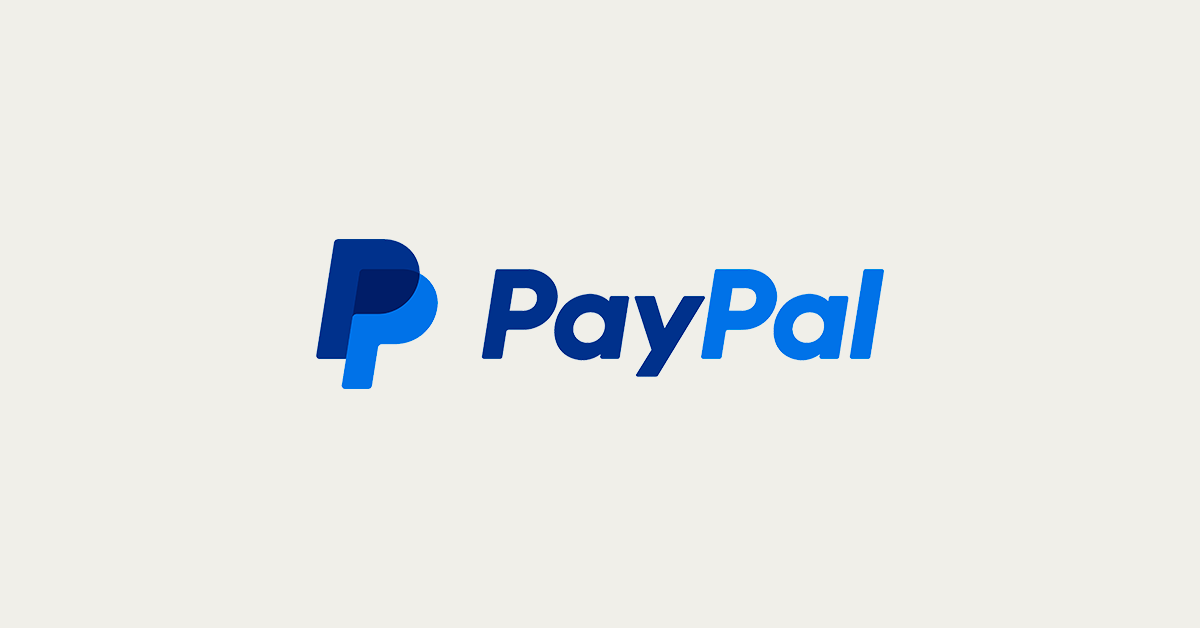
PayPal was among the first online money transfer systems. It is now widely used not just by Americans, but globally. PayPal is available in over 200 different countries, making it a ubiquitous option for users at checkout.
Cash App
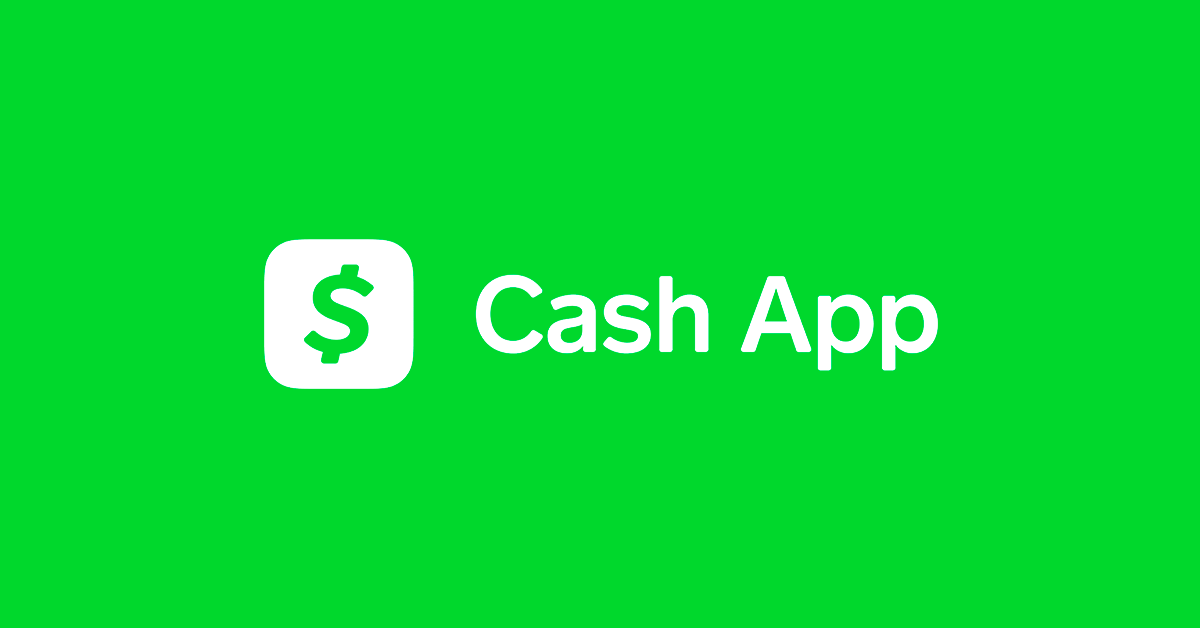
Based on a Motley Fool Ascent survey, Cash App is the second most used digital payment app in the US, after PayPal. Other than common features like sending and receiving money, users can save money and buy, sell and withdraw Bitcoin, or buy and sell stocks.
Remitly
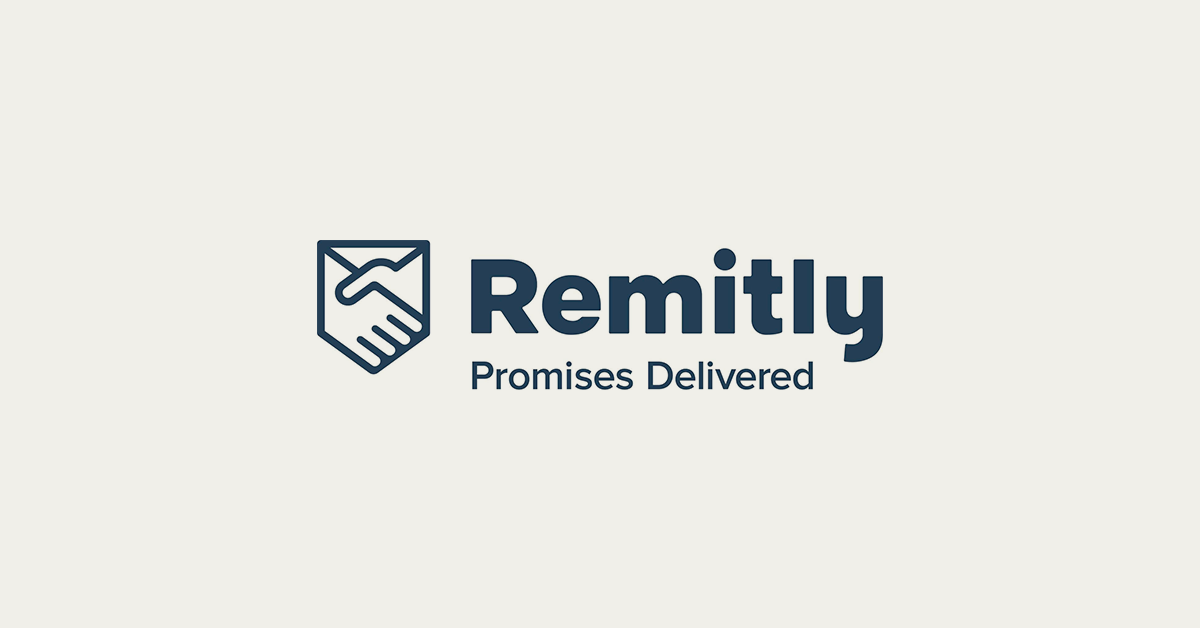
Remitly offers cross-border money transfer services. Users can choose to send money directly to their bank account or e-wallet. Remitly also offers cash pick-up and in some countries, users can opt for home delivery.
MoneyGram
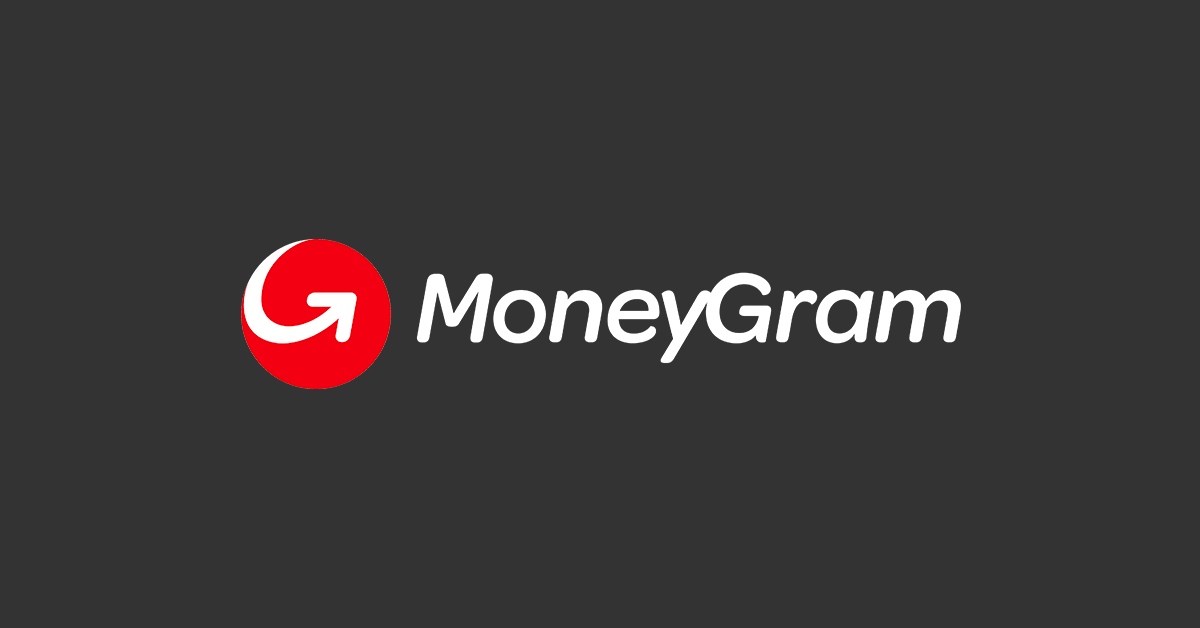
MoneyGram can be used for domestic and international transfers. The transactions can be made via mobile app or in person. Transfers can be sent 24/7 with fees involved. Transactions can be paid using a debit card, credit card or online bank account or using cash for over-counter payments.
Venmo
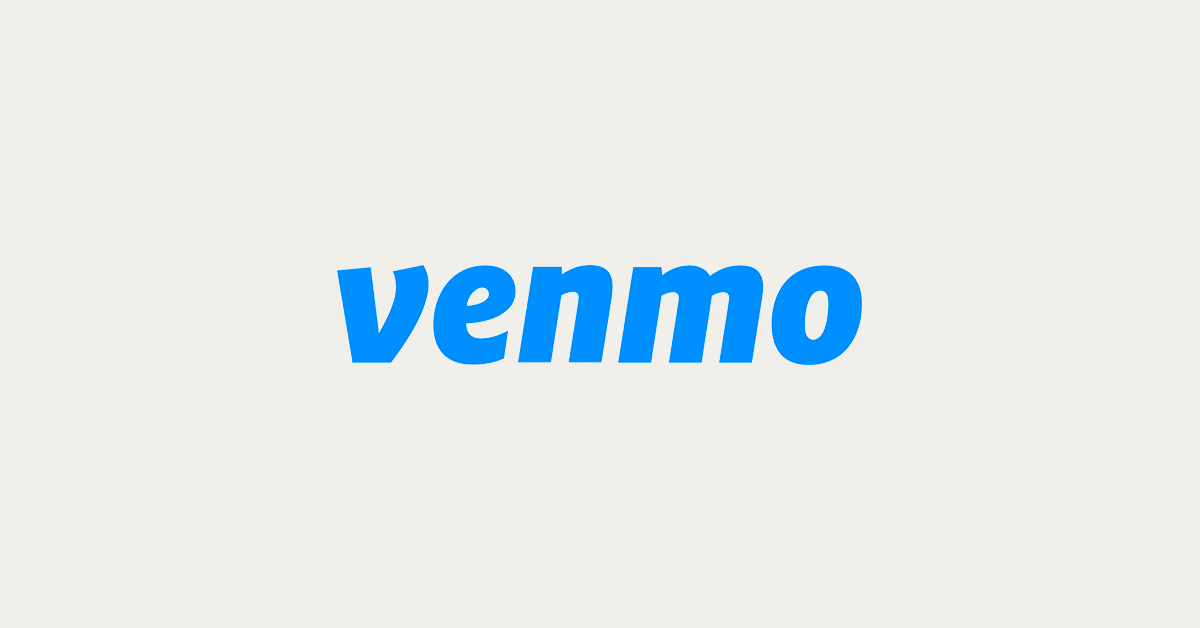
“No problem, just Venmo me”. That’s how common Venmo is in the US. Owned by PayPal, it has 90 million users. A third of American adults use the app. It offers P2P services for both individuals and businesses known to users. Users can link bank accounts to Venmo, or fund transactions via cards or an account Venmo, in which funds are received from other Venmo users.
Zelle
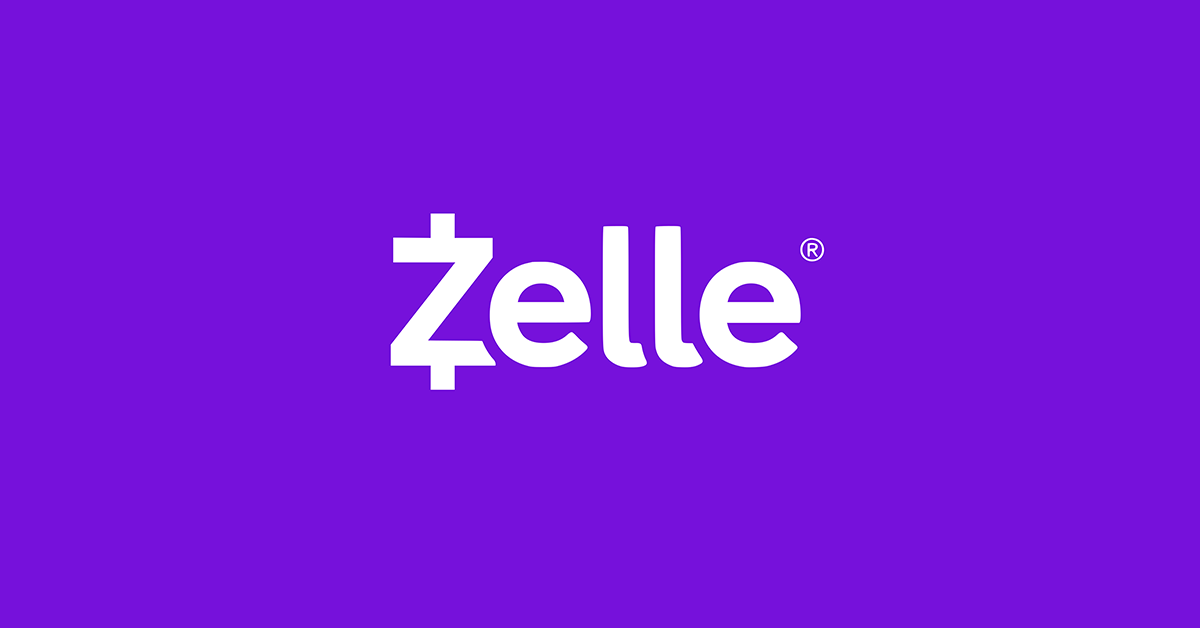
Like Venmo, Zelle is also a US-only P2P money transfer app. It allows users to send and receive money directly from and to bank accounts. Zelle can be accessed via other banking apps and is available through more than 1,700 financial institutions. Zelle does not charge for instant transfers.
*Editor’s note: This is Part 1 of our series on the state of remittance and payments in the US. Follow us for more insights on the largest economy in the world.
